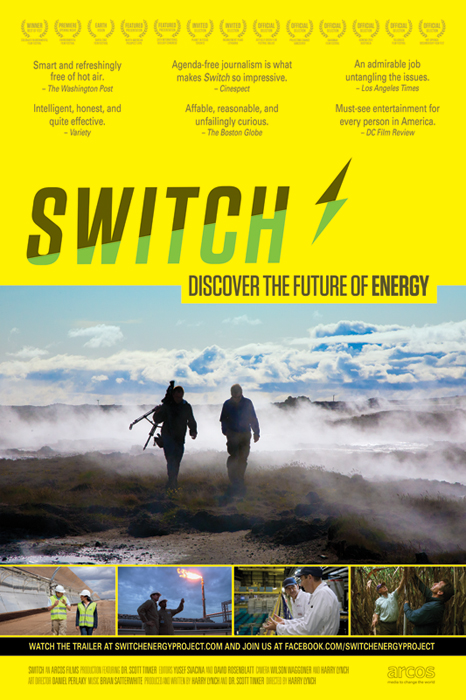Nuclear waste has been a difficult topic for quite some time. So how is it that we can turn nuclear waste into more nuclear fuel? It seems like a complete contradiction! The problem, especially in the United States, is that nuclear material comes with a lot of political baggage.
What is MOX, and how does it work?
In typical nuclear reactors, the nuclear fuel used is low-enriched uranium. MOX, or Mixed Oxide fuel, uses approximately 95 percent uranium oxide and 5 percent plutonium oxide. The plutonium for MOX can be refined from traditional nuclear reactor waste, or can come from decommissioned nuclear weapons. MOX fuel assemblies are also similar enough to traditional assemblies that they can be used in existing nuclear reactors without major changes. But because the plutonium used in MOX is weapons-grade, a whole host of political challenges surround the issue.
The Politics of MOX
The political issues that come into play with MOX are complex, hotly debated, and very intriguing. The question is not whether or not MOX will work, the fuel has been used in parts of Europe for many years and is currently used in at least 30 European reactors. But in the United States, many people and organizations have questioned whether using MOX is a safe and practical method. People wonder, what are the risks associated with processing and transporting weapons-grade plutonium? Are the benefits of MOX fuel worth the significant cost to taxpayers? And if the U.S. and Russia relations take a turn for the worse, and the two countries have access to this plutonium, would it encourage an increase in nuclear arms? One of the main motivators behind MOX fuels in the U.S. is that a 2000 agreement with Russia stated that the two nations would each dispose of 34 metric tons of excess plutonium, partially through its use in nuclear reactors. However, actually following through on these goals has proven to be difficult, expensive, and controversial.
Using MOX at Duke Energy’s McGuire and Catawba Nuclear Plants
In 1999, the U.S. Department of Energy signed a contract with two Duke Energy subsidiaries and one other company to help in the construction of a MOX fuel fabrication facility and in the testing and use of the MOX fuel. Duke planned to test the MOX fuel using their Catawba Nuclear Plant, and then expand to MOX use at both the Catawba plant and McGuire. While actual construction of the MOX fabrication facility did not begin until 2007, in March of 2005 the Nuclear Regulatory Commission (NRC) granted Duke Energy a license amendment that allowed them to test MOX fuel assemblies at the Catawba plant. In April 2005, MOX fuel assemblies were delivered to the Catawba plant from France, and testing began. The next step in this process was for three cycles of MOX fuel testing to be completed by 2009, and then begin using the MOX fuel in both the Catawba plant and McGuire around 2010. Instead, after just two cycles of MOX fuel testing, Duke failed to renegotiate their contract with Areva MOX Services (the company hired by the Department of Energy to carry out the MOX program).
An Unclear Future
It is possible that the reason Duke Energy chose not to renew their contract was because of concerns with the financial viability of MOX fuels. The MOX fuel fabrication facility being constructed at the Savannah River Site, South Carolina is years behind schedule and way above budget. The initial cost estimate was $1.5 billion, but by the end of 2014 $4 billion had been spent and the estimate had risen to $30 billion. Because of these huge cost increases, the Department of Energy has stated that it intends to halt construction, although Congress and the state of South Carolina may resist this decision. The increasing costs and lack of reliability seen with the MOX fuel project may have encouraged Duke to cut their losses and move on.
However, several organizations have suggested that the MOX fuel test cycles actually encountered a problem at the Catawba Nuclear Plant. Friends of the Earth and the Union of Concerned Scientists found that in August 2008 one of the MOX fuel tests resulted in abnormal fuel assembly performance, and that soon thereafter the test fuel assemblies were removed from the plant after only two testing cycles. This may have left the Department of Energy without the evidence they needed for approval from the Nuclear Regulatory Commission. But Areva quickly countered the claims made by these groups, saying that assembly performance was within safety limits, and that the assemblies had completed their second test run.
In the end it is unclear what events truly led Duke Energy to back out of their involvement with MOX fuel. That being said, it is amazing to consider that an issue with such far-reaching implications was being determined in our back yards. The debate over MOX fuels is far from over, and Duke is still a major player. Although it has not happened yet, MOX fuels could still make their way into use at McGuire Nuclear Plant just down the road. What this means, is a question we still have left to answer.
Back to Home Page – McGuire Nuclear Plant: Intersections of Science, Policy, and People
